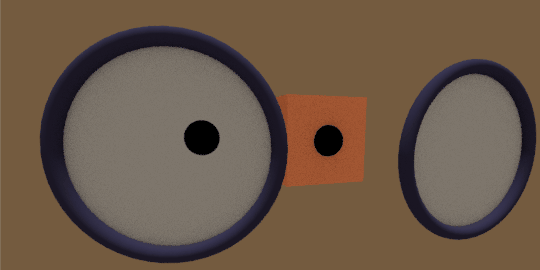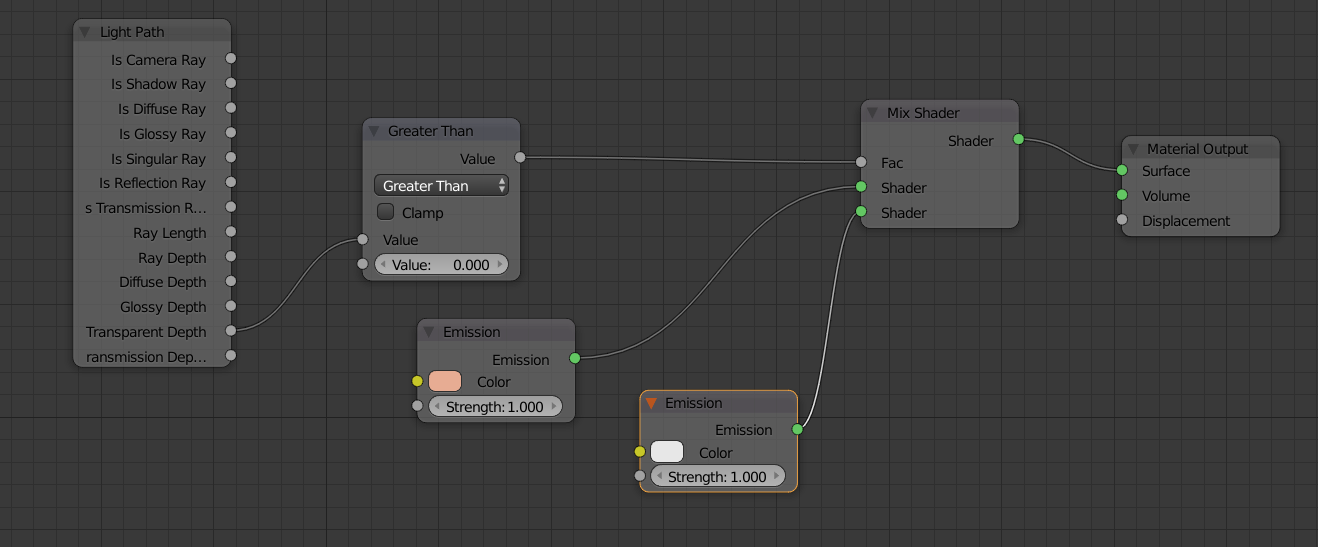This is my first post here and I'm still learning about Blender (aren't we all though?) and I had a question about an effect I'd like to do.
I'd like to make it so that a character with solid-color glasses lenses can have their pupil render through the lens, while maintaining its appropriate location in 3D space (ie not textured onto the lens). A way I think this could work would be rendering the pupil over just the lens but I don't know if that's the most practical or achievable way to do this.
For my example I'll use this model of Velma from Scooby-Doo I made for practice:

The glasses, body, and eyes exist as separate objects for clarification (but that can be changed need be)
Instead of making the lens clear or not being able to see the actual eye or face behind the lens from the sides, I'd like to keep the cartoony look of this and would like to use a similar effect in the future. I hope I'm being clear enough with what I'm trying to achieve. Thank you for your help in advance!








